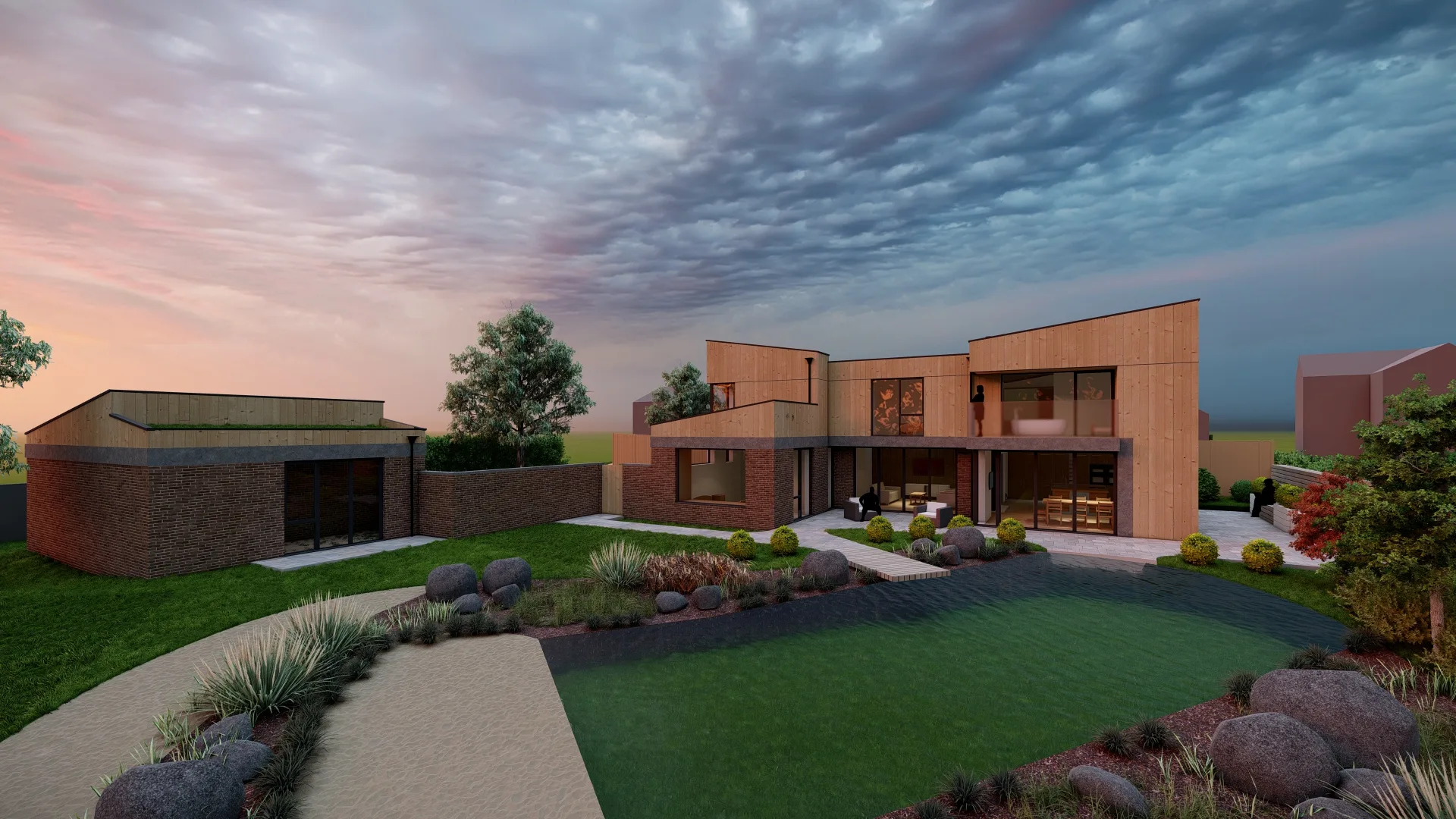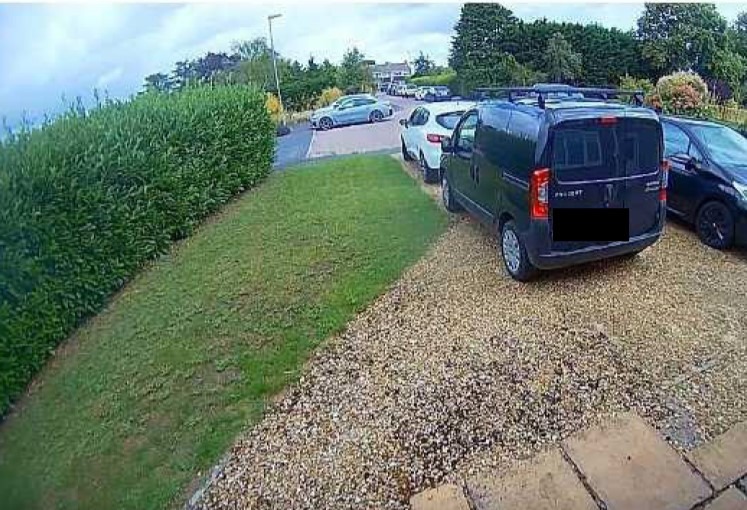Steve Turvill has won his long-standing battle to build his dream home in a Cambridgeshire village.
“We hope that our being persistent and ultimately successful, will open doors for other slightly more adventurous designs in the future and give confidence to others,” he said.
East Cambridgeshire District Council refused his plans, claiming the home he proposes for The Row, Sutton, near Ely, would be “over bearing and would create a poor outlook”.
Planners claimed their decision was to ensure there were no “significantly detrimental impacts” on neighbours.
But Mr Turvill appealed to the Planning Inspectorate and in a ruling released this week he has won permission for the home.
It means Mr Turvill can go ahead with his self-build home with carport/workshop.
And he can use a mobile home whilst he builds it.
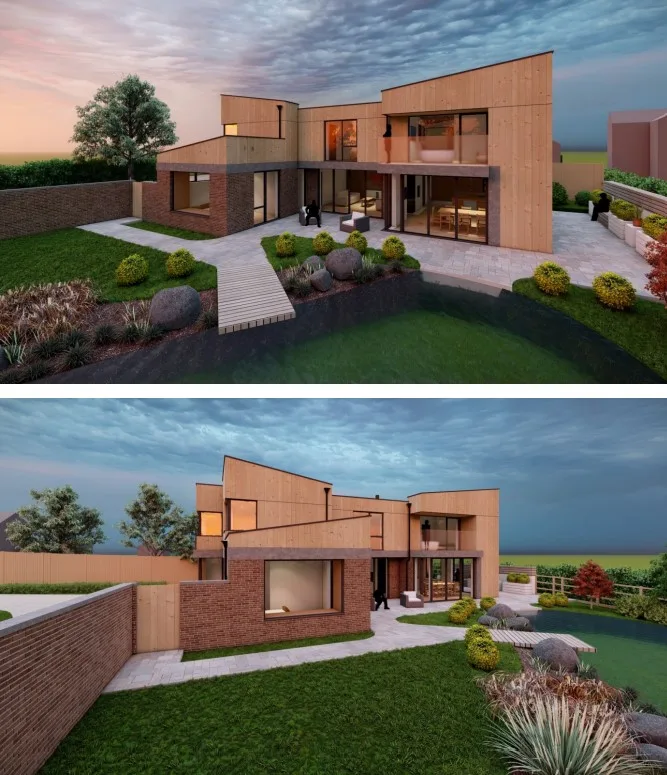
The property, which will extend to 2,558.5 sq. ft plus carport and workshop, will include three double bedrooms, two of which are ensuite.
There will also be a music and a craft room, downstairs shower room, storage room, pantry, and a large kitchen and dining space separated from the living room by a double-sided fire.
Gary Johns Architects
The house has been designed by Gary Johns Architects, based in Ely.
Once complete, it will feature a series of environmental measures to ensure low carbon living, including sedum roofs, an air source heat pump, PV panels, EV charging, high efficiency external materials, and also a wild swimming area, set within around a third of an acre plot.
Ruth Gunton, senior planner at Cheffins said: “Our clients had bought the plot with planning permission for a house but wanted to build something which was unique to them.
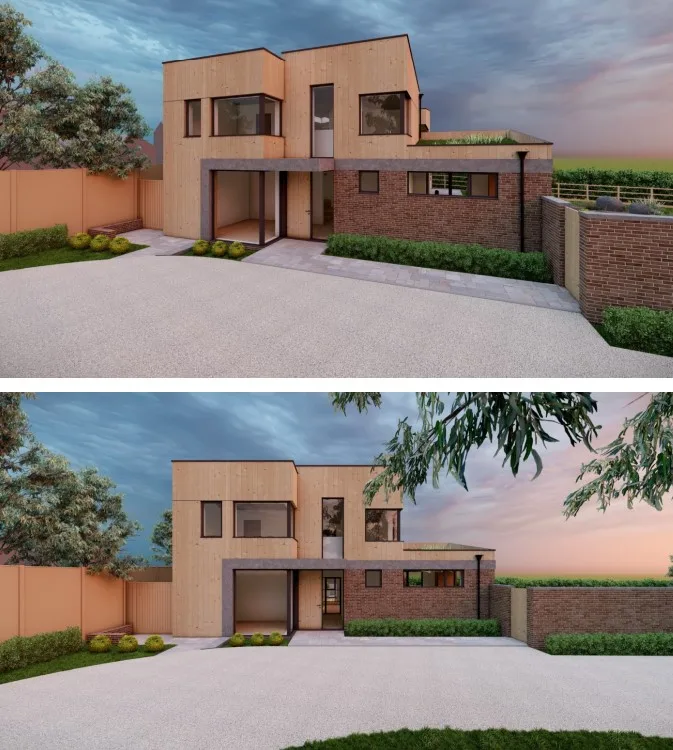
“This brought them to Cheffins and to Gary Johns Architects to come up with a new proposal.
“The plans were at first met with resistance by the local council due to its modern design, however, following a long-running appeal, the Planning Inspector has since granted permission for this very special property.
“With a series of eco measures, this house will offer low carbon living and be a showcase of the possibilities for new rural homes in the future.
“There is scope in local and national planning policy for new, high-quality designs such as this, and this is an important example of how just because a design might be unusual, it does not mean it is harmful to the character of the area or should be refused.”
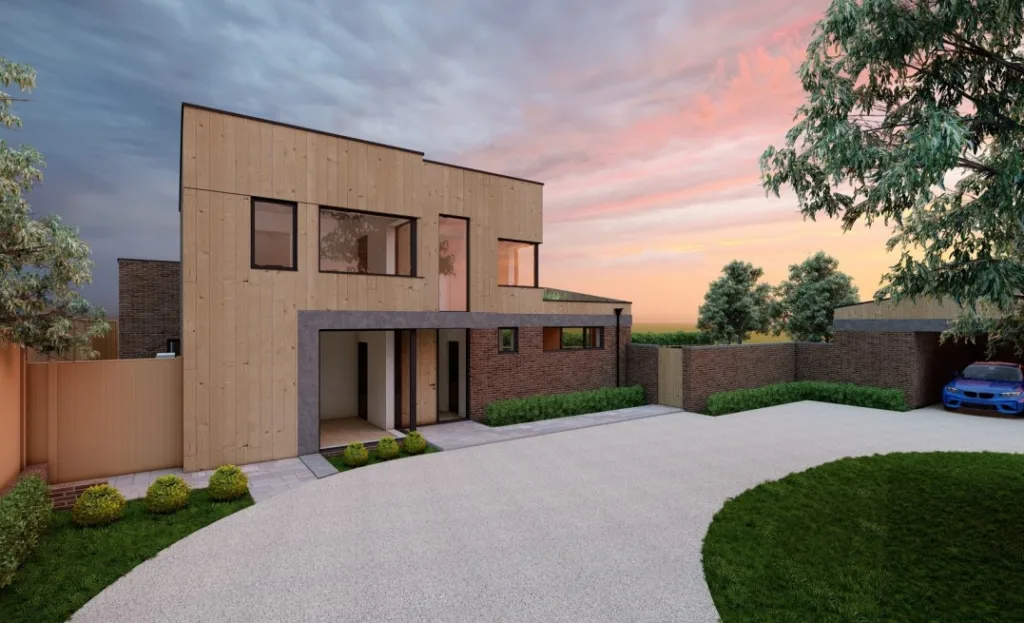
She said the building will be built from a modern construction method, which will significantly increase its thermal performance as well as safeguarding against heat loss and fabric inefficiencies.
Mr Turvill, director at Turvill Electrical Ltd, said: “We are thrilled to have obtained planning permission, for our dream home.
Big step to build from scratch
“As building from scratch is such a big step, we wanted something well thought out, efficient, light, open and functional for modern living.
“Self-builders like us tend to be funnelled into designs that will get planning easily rather than a space you may actually prefer. “
He said: “We are indebted to Cheffins’ planning consultants for the work put in to realise our dream home.
“The natural swimming pond is pivotal to our landscape vision, future health and well-being, whilst enhancing biodiversity in the vicinity.”
Work is expected to start on site late 2023.
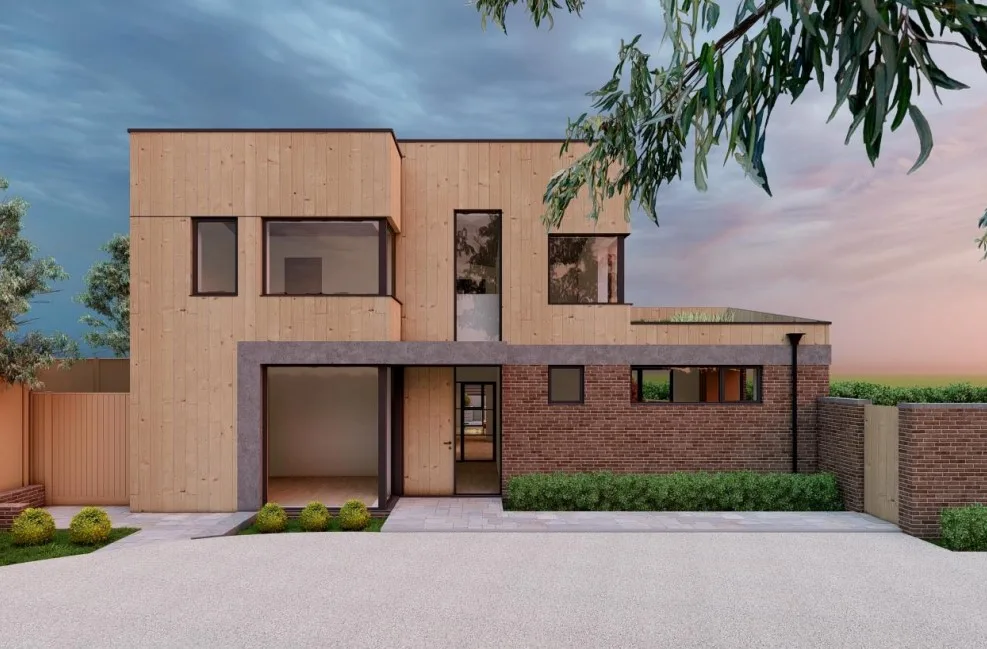
Emma Worley, the inspector who allowed the appeal, said she noted “concerns” about the time it might take Mr Turvill to finish the house and considered a timeframe.
“However, given the scale of the development and likely disruption, such a restriction would not be reasonable,” she said.
Extant permission
The site benefits from an extant planning permission for the erection of a new dwelling and associated works but this was a revised scheme.
The inspector said the main issues were the effect of the house on the character and appearance of the area.
And there were concerns about the living conditions of neighbours in respect of sunlight, outlook, noise, disturbance, and privacy.
But she said the appeal site comprises land to the rear of 91 The Row and is separated from the remaining rear garden by a fence.
The inspector said the site lies on the edge of the village, where the character of the area is predominantly residential, with open countryside beyond.
Albeit of a fairly substantial scale, she said the house would not appear “as a visually intrusive or anomalous feature in the street scene”.
New home comparable in scale
And the new home would be comparable in scale to other 2 storey homes around it.
“The proposal would sit comfortably within the built form of the village and the lower land on which it would be sited,” said the inspector.
“There is no obvious consistency in the design or appearance of the surrounding dwellings in the immediate area, which include a range of architectural styles, ages, and sizes.
“Nonetheless, from my observations, whilst most of the dwellings have pitched roofs, there is no consistency in design. The appeal proposal is of a contemporary design.
“While there are no references to local vernacular, it is a carefully designed dwelling which is visually interesting and would reflect the time in which it was designed.”
She added: “Given that there is no prevailing architectural style or theme in the existing built form in this part of the village, the proposed form and materials of the proposed dwelling would do no harm and simply add to the variety.”
The inspector added that the new house would fit with national policies “in so far as they seek well-designed development that complements the character of an area”
Mr Turvill’s home would not appear as an unduly dominant feature when viewed from the rear of No 91, said the inspector.
‘No substantive evidence’
Nor would it have an “overbearing effect” on the outlook or result in a significant loss of light to No 91.
She said: “Furthermore, there is no substantive evidence to indicate that a single dwelling in this location would lead to excessive noise over and above a normal residential use.
“As such any impact of noise would be unlikely to have a significant effect on the living conditions of the occupiers of neighbouring properties.”
Ms Worley concluded: “The specific circumstances that apply in this case are unlikely to be repeated elsewhere.
“Concerns about precedent are therefore not a significant consideration.
“In any case, given that I have concluded that the proposal would be acceptable, I see no reason why it would lead to harmful developments on other sites.”


